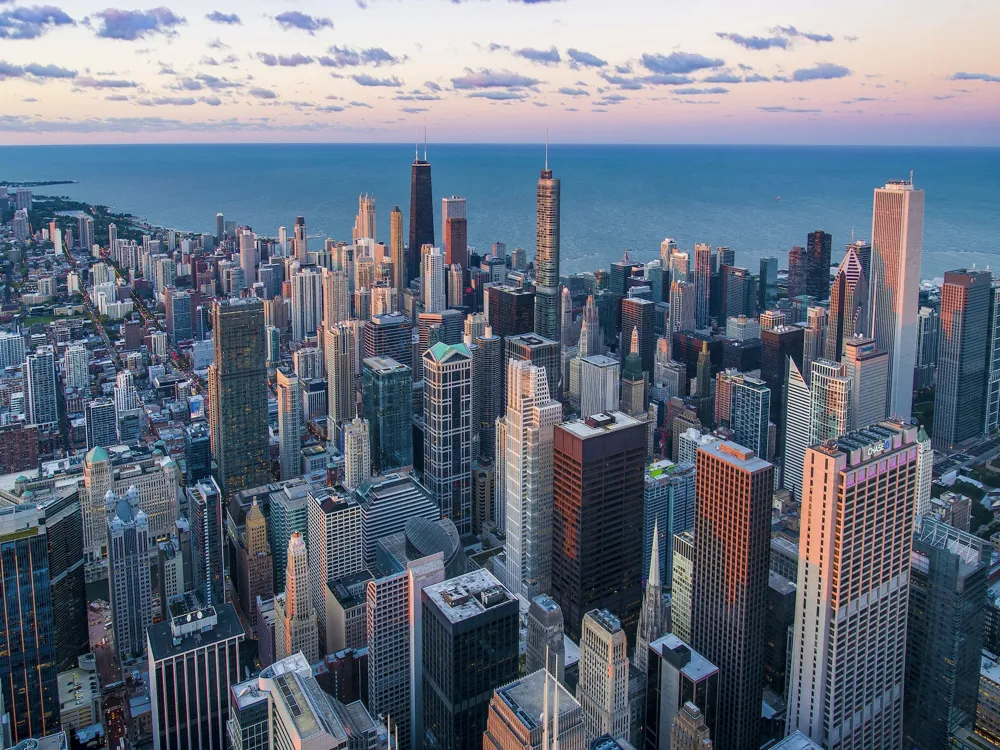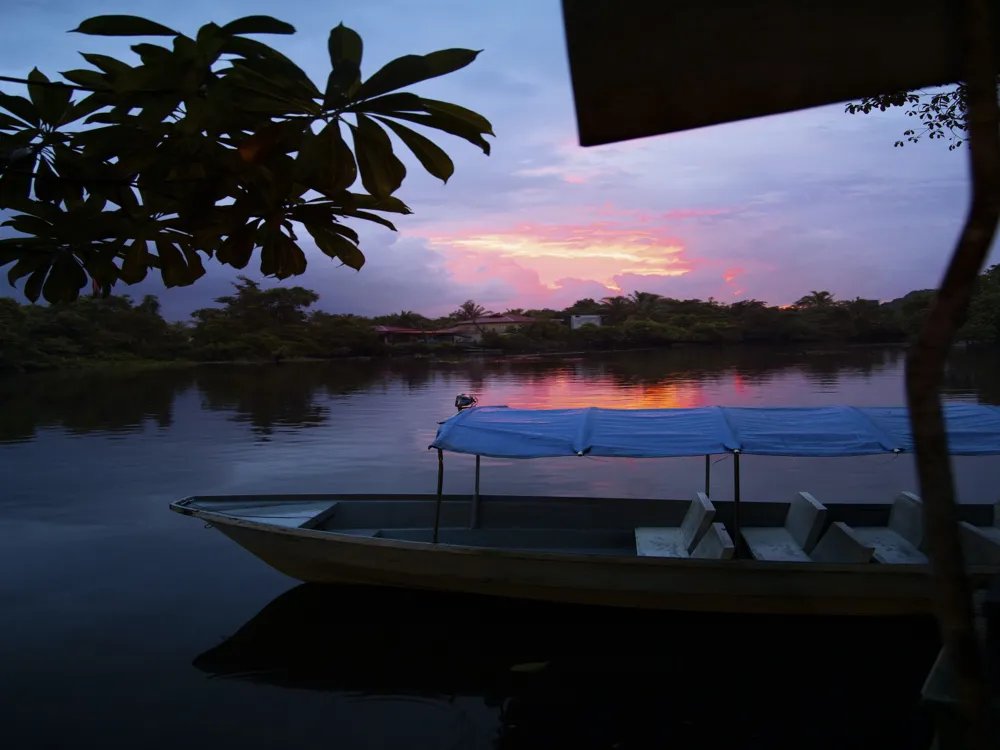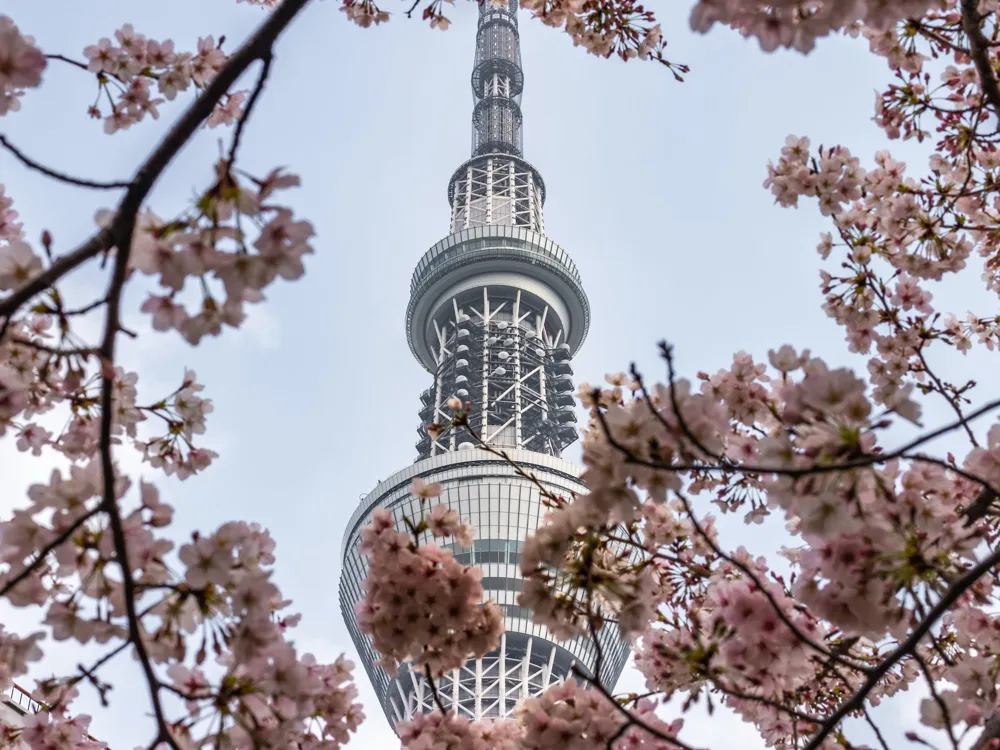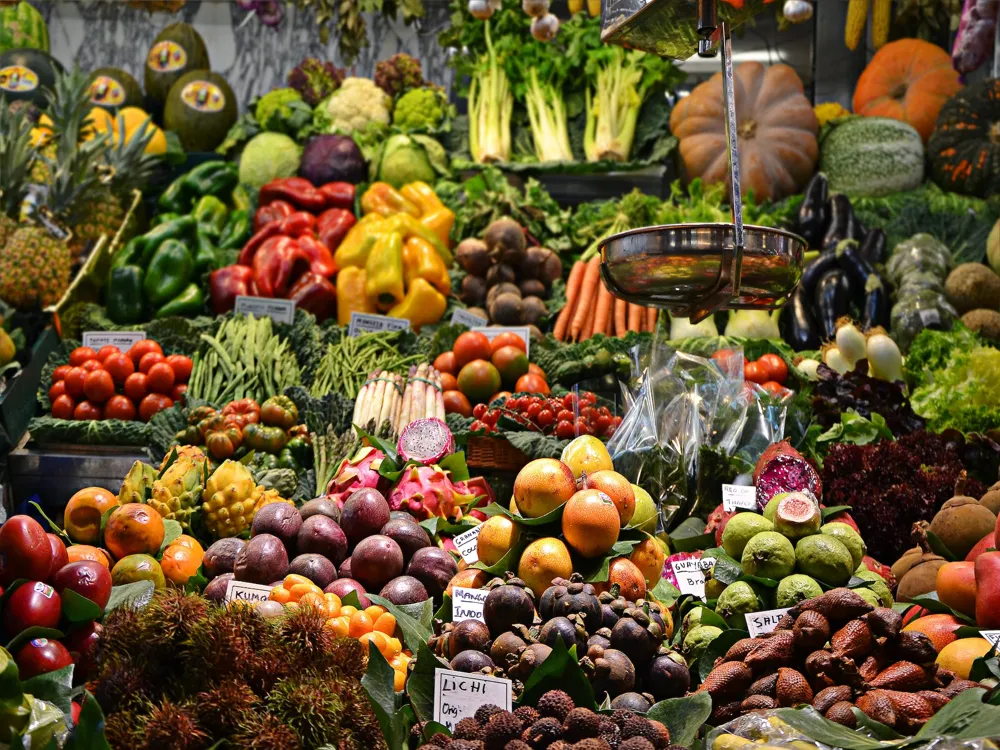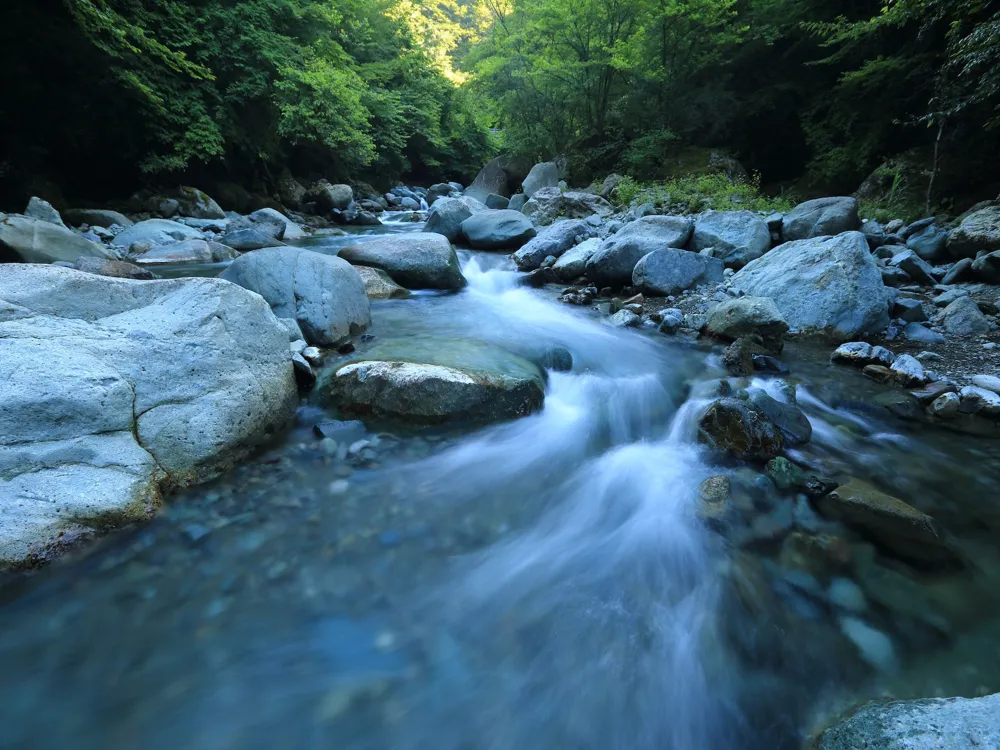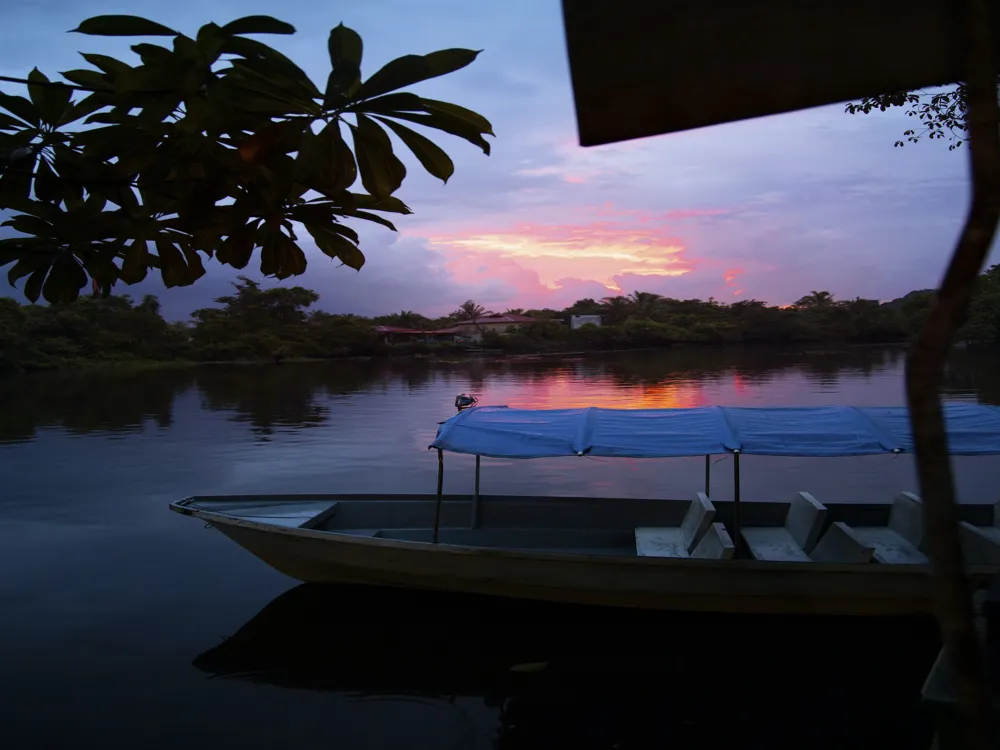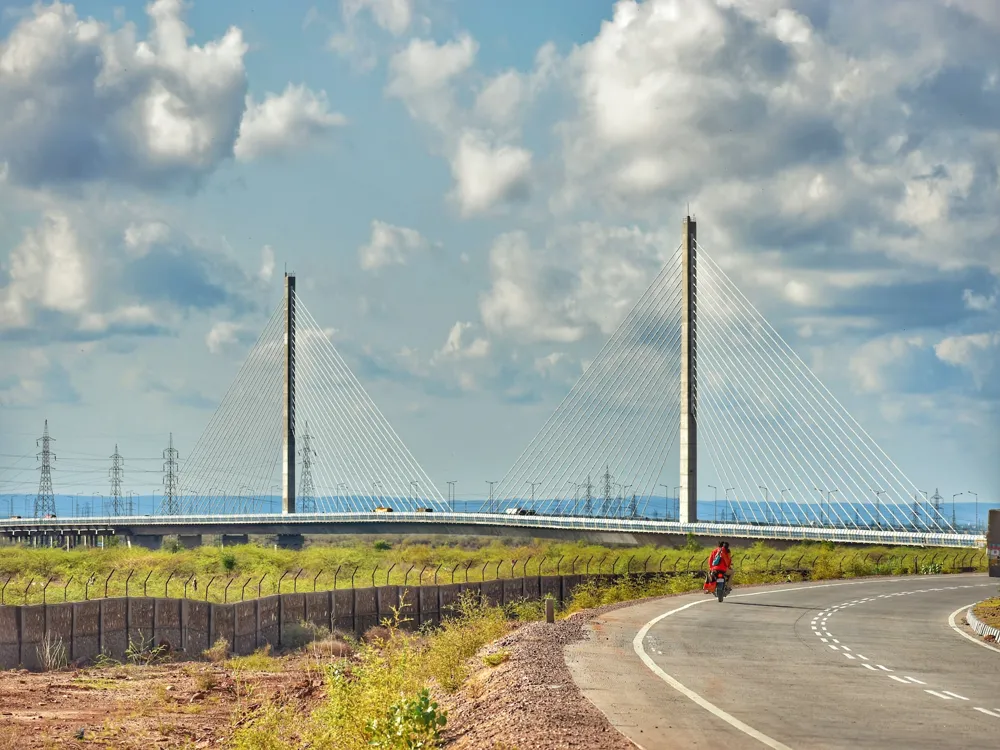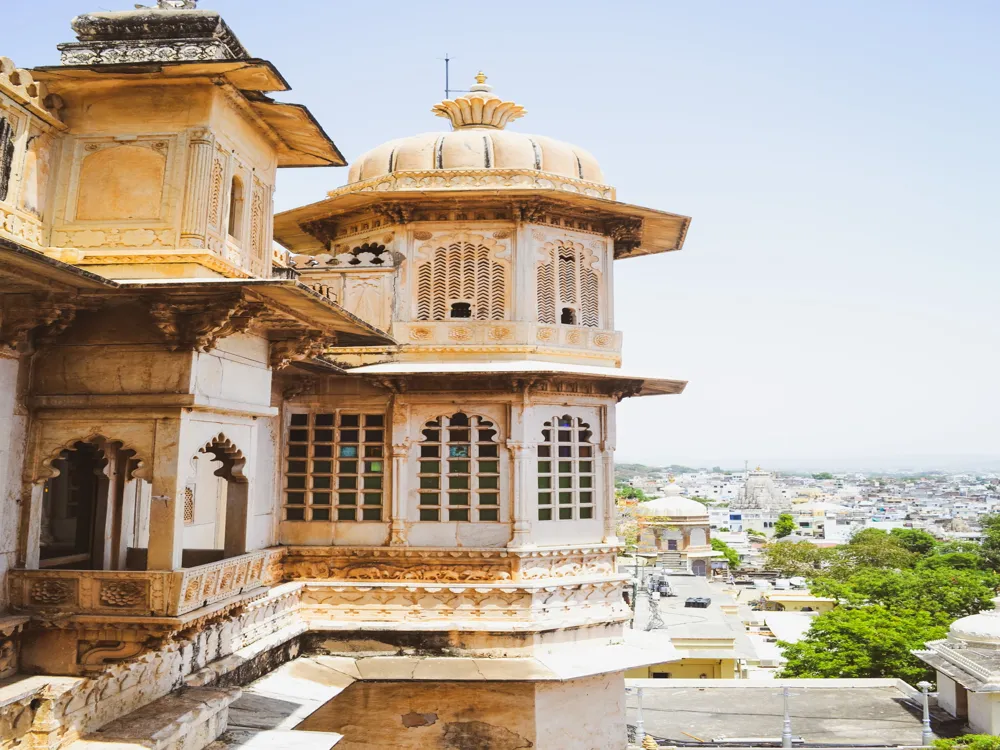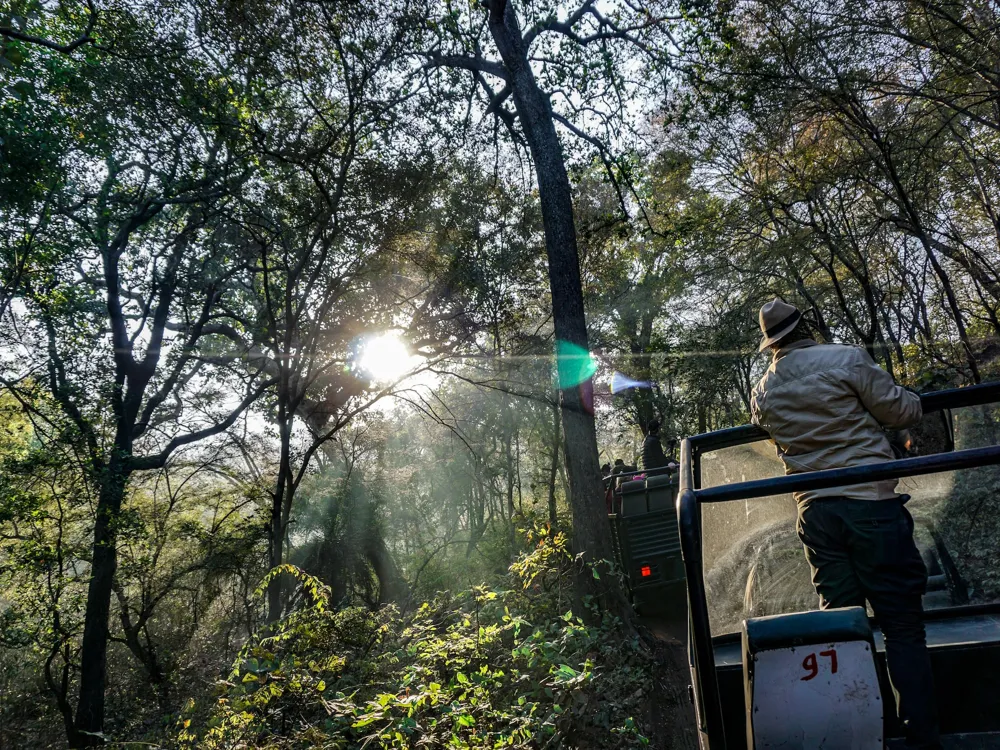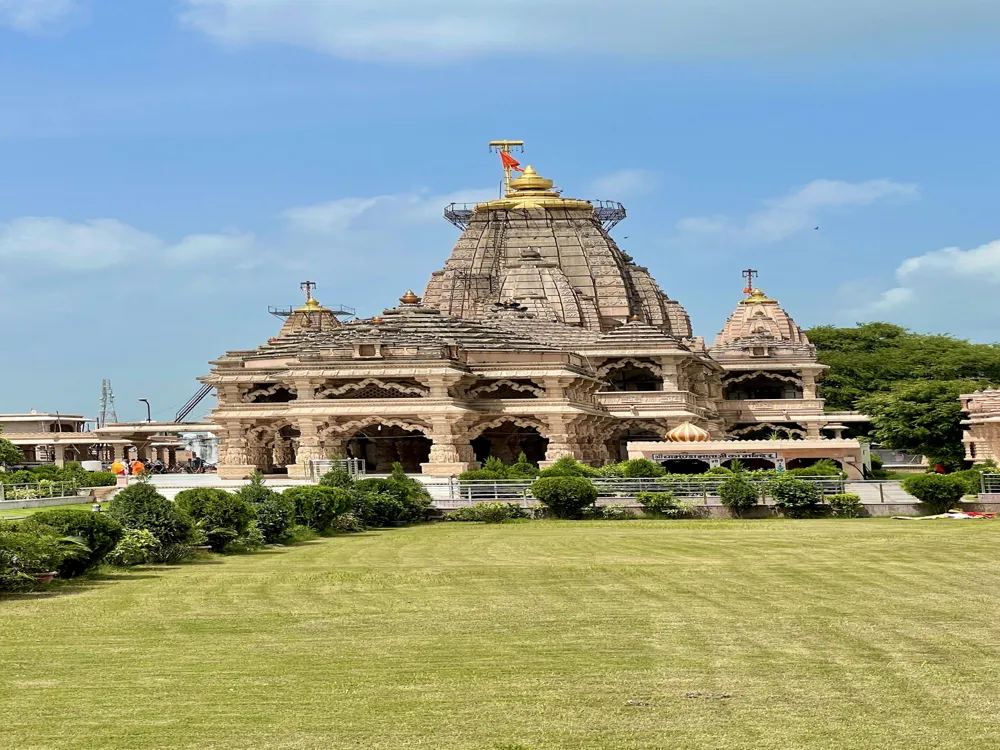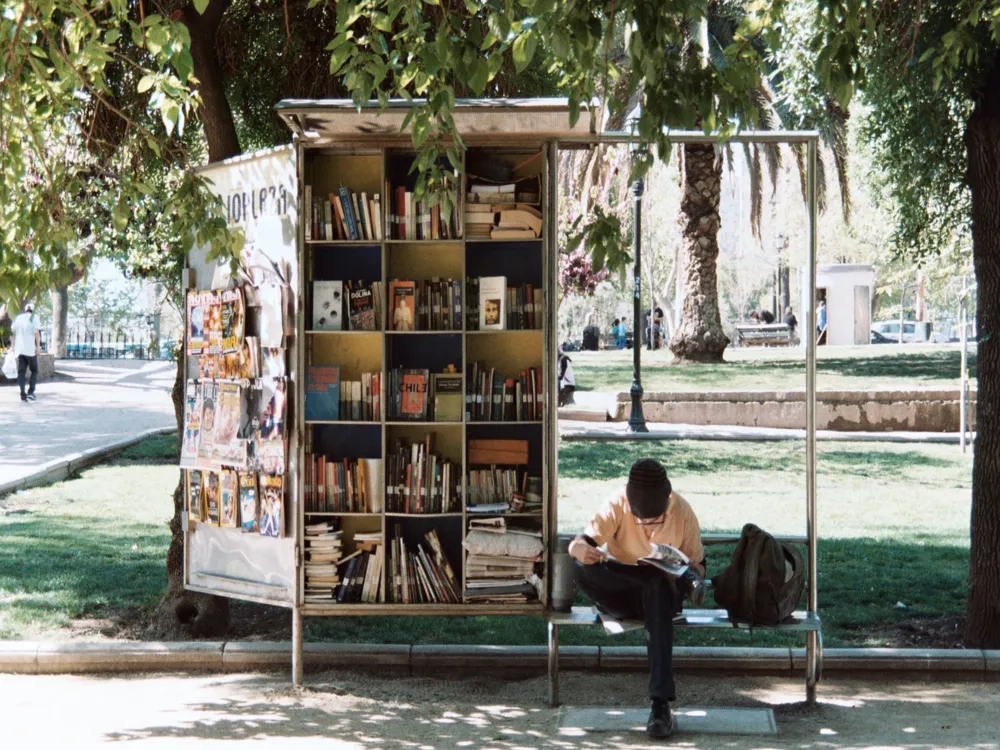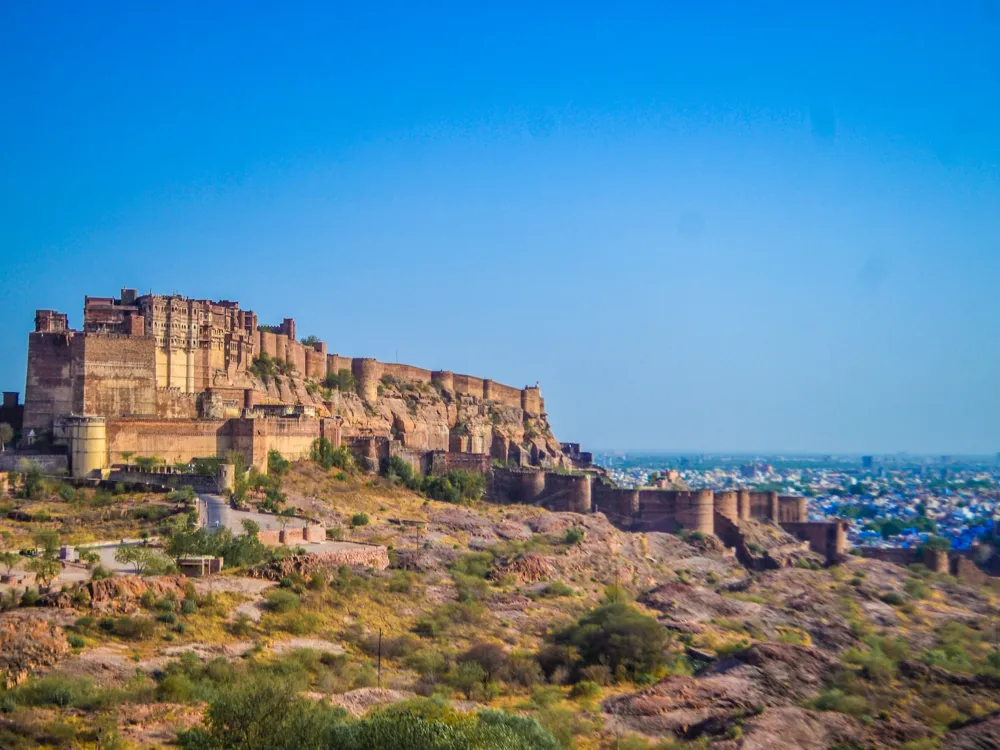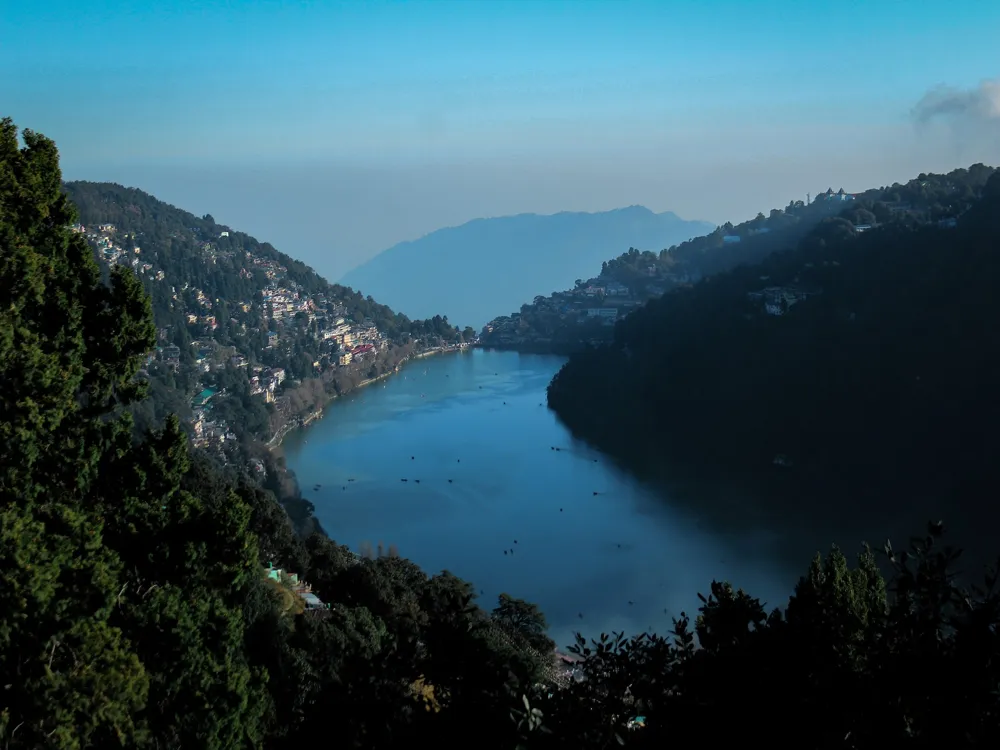The Kinabatangan River, located in the stunning region of Kota Kinabalu in Sabah, Malaysia, stands as a beacon of natural beauty and ecological diversity. As the second-longest river in Malaysia, stretching an impressive 560 kilometers, the Kinabatangan River is not just a geographical marvel but also a hub of rich biodiversity. Its meandering waters wind through a diverse landscape of limestone caves, mangrove swamps, and lowland rainforests, creating a unique environment that supports a plethora of wildlife. This river is more than just a body of water; it's a lifeline for the ecosystems and communities residing along its banks. The Kinabatangan River basin is a melting pot of biodiversity. It is home to some of the most fascinating and endangered wildlife species in Southeast Asia, including the proboscis monkey, Bornean orangutans, pygmy elephants, and a vast array of bird species. The river's diverse habitats provide crucial breeding and feeding grounds for these species, many of which are endemic to Borneo. The area's lush vegetation and dense forests offer a rare glimpse into the unspoiled beauty of nature, making it an irresistible attraction for nature enthusiasts and wildlife photographers from around the globe. Historically, the Kinabatangan River has been integral to the local communities, serving as a primary means of transportation and a vital source of water and food. The indigenous people of this region, with their rich cultural heritage, have lived in harmony with this majestic river for centuries, relying on its resources for their livelihood. The river's influence on the local culture and traditions is profound, with many community rituals and practices centered around it. The Kinabatangan River is not only a natural wonder but also a crucial component in the ecological balance of the region. Its flood plains play a significant role in regulating the local climate and supporting the region's agriculture. Moreover, the river's vast ecosystem is a natural laboratory for scientific research and education, offering invaluable insights into tropical ecology, conservation, and climate change impacts. In recent years, the Kinabatangan River has gained prominence as a prime destination for eco-tourism. The government and local communities have made concerted efforts to promote sustainable tourism practices that respect the river's delicate ecosystem while providing visitors with an unforgettable experience. Eco-lodges, guided river cruises, and wildlife observation tours are just a few of the ways tourists can immerse themselves in the beauty of the Kinabatangan River while contributing to its conservation. The architecture of the Kinabatangan River is not just about the physical structures along its banks but also encompasses the natural design and ecological framework that define this magnificent river. The river's course, shaped by geological and hydrological processes over millennia, has carved out a diverse array of landscapes, each with its unique architectural elements. The upper reaches of the Kinabatangan River are characterized by steep, rugged terrain and fast-flowing waters. This area is dominated by limestone hills and cliffs, which provide a dramatic backdrop to the river. The limestone formations, some of which are millions of years old, have been sculpted into intricate caves and karst systems. These natural structures are not only visually stunning but also play a crucial role in the river's ecology, providing habitats for various species and influencing the river's water chemistry. As the river flows downstream, it meanders through the lowland rainforests, creating a complex network of oxbow lakes, wetlands, and floodplains. This dynamic landscape is constantly reshaped by the river's seasonal flooding, creating a mosaic of habitats that support an incredible diversity of flora and fauna. The floodplains, with their nutrient-rich soils, are particularly important for the region's biodiversity, acting as breeding grounds for fish and other aquatic species. The lower reaches of the Kinabatangan River are marked by extensive mangrove forests. These unique ecosystems, where the river meets the sea, are architectural marvels in their own right. The mangroves' complex root systems not only provide a stable foundation in the shifting tidal waters but also serve as a natural barrier against erosion and a nursery for marine life. The mangroves play a vital role in the river's health, filtering pollutants and providing a buffer against storm surges and tsunamis. Human architecture along the Kinabatangan River is a blend of traditional and modern elements. The local communities, primarily consisting of the Orang Sungai or 'River People,' have built their homes and villages in harmony with the river's natural architecture. Their stilt houses, constructed from local materials like bamboo and nipah palm, are designed to withstand the river's flooding. These structures are not only functional but also reflect the cultural identity and craftsmanship of the local communities. In recent years, the architecture of the Kinabatangan River has evolved to include eco-friendly lodges and research facilities. These structures are designed with sustainability in mind, utilizing renewable energy sources and minimizing environmental impact. They serve as models for sustainable development, demonstrating how human activities can coexist with nature without compromising the integrity of the ecosystem. The ideal time to visit the Kinabatangan River is during the dry season, typically from March to October, when wildlife sightings are more frequent and accessible. Respect the wildlife by maintaining a safe distance, avoiding loud noises, and not feeding the animals to ensure a responsible and sustainable eco-tourism experience. Opt for eco-lodges or community-run homestays to support local businesses and enjoy an authentic experience while minimizing your environmental footprint. Bring insect repellent, stay hydrated, and be aware of your surroundings, especially when exploring dense forest areas or during river cruises. Learn about and respect the customs and traditions of the indigenous communities living along the river to foster mutual understanding and respect. The Kinabatangan River is accessible from Kota Kinabalu, the capital city of Sabah. Visitors can take a flight to Sandakan, the nearest city to the river, and then travel by road to the various entry points along the river. There are also bus and taxi services available from Sandakan to the Kinabatangan region. For a more adventurous journey, one can opt for a river cruise from Sandakan, offering a unique perspective of the river and its surroundings. Read More:Overview of Kinabatangan River, Kota Kinabalu, Sabah
Architecture of Kinabatangan River
Tips When Visiting Kinabatangan River
Best Time to Visit
Wildlife Watching Etiquette
Choosing Accommodations
Health and Safety Precautions
Respecting Local Culture
How To Reach Kinabatangan River
Kinabatangan River
Kota Kinabalu
Sabah
NaN onwards
View kota-kinabalu Packages
Kota-kinabalu Travel Packages
View All Packages For Kota-kinabalu
Top Hotel Collections for Kota-kinabalu

Private Pool

Luxury Hotels

5-Star Hotels

Pet Friendly
Top Hotels Near Kota-kinabalu
Other Top Ranking Places In Kota-kinabalu
View All Places To Visit In kota-kinabalu
View kota-kinabalu Packages
Kota-kinabalu Travel Packages
View All Packages For Kota-kinabalu
Top Hotel Collections for Kota-kinabalu

Private Pool

Luxury Hotels

5-Star Hotels

Pet Friendly







